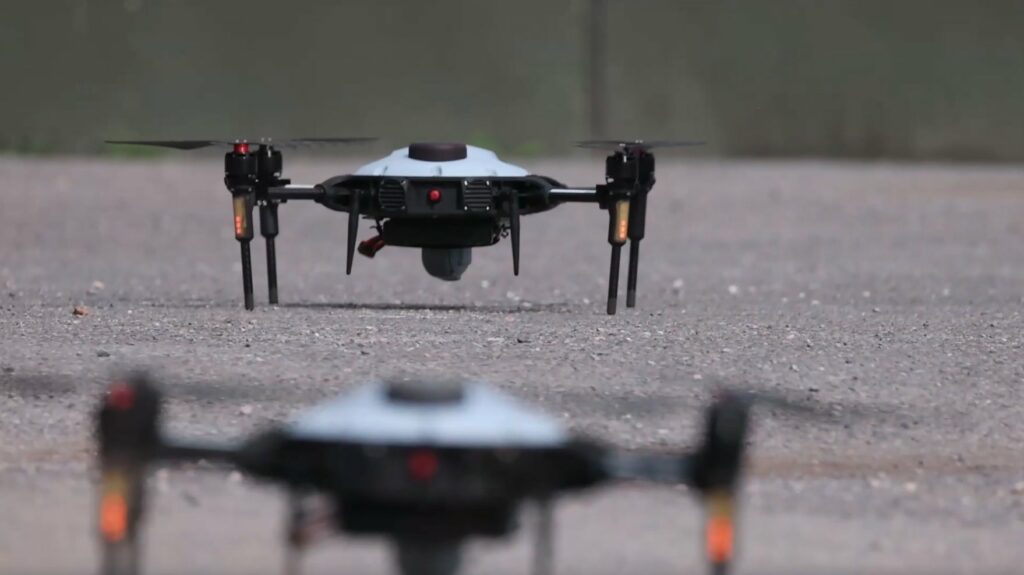The British Army’s nano-unmanned aerial systems (nUAS) completed a live “drone swarming” trial on Salisbury Plain.
The test was conducted to push “technological boundaries” by controlling multiple drones to complete complex surveillance and communication tasks with the help of a single military operator.
The project was funded by the Army Headquarters and led by experts from UK Defence Equipment & Support (DE&S) Future Capabilities Group (FCG) and the UK Military Aviation Authority.
“This is a real amplifier, adding capacity, force protection, intelligence, surveillance and reconnaissance capabilities,” Infantry Trials and Development Unit (ITDU) Commanding Officer Lt. Col. Arthur Dawe said.
“The intent going forward is to add a precision strike capability; this will not only assist in our targeting but also in our strike capability, therefore making us more lethal at range which will protect our very valuable forces and people,” he added.
Surveillance and AI Communication
In the trials, the operators utilized four Atlas drones controlled via a tablet to complete individual, manual tasks, while the second challenge involved six Elbit drones deployed on autonomous missions.
Two showcase ideas were highlighted during the demonstration.
In the first, drone swarms maintained a 24-hour perimeter defensive surveillance position in specific locations.
The second scenario displayed how artificial intelligence communicated with the swarm to plan missions and relay points of interest to the operator.
“This is a significant achievement for the FCG and the Army. We have now proved the concept that one person can fly six drones thus creating a reduction in operator burden,” DE&S FCG Lead UAS Engineer Dominic Ferett said.
“In the future we want one operator to control six, twelve, thirty, forty or more drones as part of a more integrated swarm. As we move further with future Army projects we look to human-machine teaming, which will start to bring in ground elements as well as air elements as a combined system,” Ferret continued.
‘Stepping Stone’
Data gathered from the event will be incorporated by the UK Defence to continue developing UAS capabilities across the British Army, the Royal Navy, and the Royal Air Force.
“Drones are at the forefront of technology right now and this is a real stepping stone in terms of capability,” ITDU Surveillance Target and Acquisition Flight Lieutenant David Morrison said.
“We’ve seen military operators flying these systems, not the manufacturers, and everything you see has been put together by the military operators and all flown by ourselves. This is the first step to get soldiers using this kit and equipment.”




